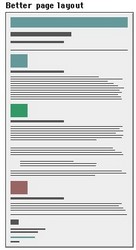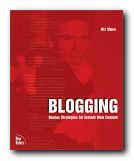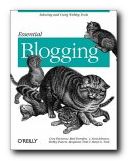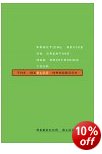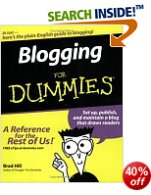the basic conventions for academic writing
1.  At the end of any scholarly writing (an essay, report, or dissertation) you should offer a list of any works you have consulted or from which you have quoted. This list is called a bibliography – literally, a list of books or sources.
At the end of any scholarly writing (an essay, report, or dissertation) you should offer a list of any works you have consulted or from which you have quoted. This list is called a bibliography – literally, a list of books or sources.
2. The traditional way of showing this information is to use the following sequence:
Author – Title – Publisher – Date
Terry Eagleton, Literary Theory, Oxford: Blackwell, 1983.
3. In some cases, you might be expected to present this information with the author’s surname listed first – as follows:
Eagleton, Terry. Literary Theory, Oxford: Blackwell, 1983.
4. If you are using the Harvard system of notation, the date follows the author’s name – thus:
Eagleton, T. (1983), Literary Theory, Oxford: Blackwell
5. Notice that book titles are shown in italics.
6. If you are using a ‘standard’ text, give the editor’s name first, as in the following examples:
Mark Amory (ed), The Letters of Evelyn Waugh, Weidenfeld and Nicolson, 1980.
Frank Kermode (ed), The Tempest, Methuen, 1954.
7. List the items of a bibliography in alphabetical order according to author’s or the editor’s surname.
8. Don’t list works you have not consulted or from which you have not quoted. Doing this creates the impression that you are trying to claim credit for work you have not actually done.
9. You might find that your bibliography repeats much of the information given in your endnotes or footnotes. Don’t worry about this: these two separate lists have different functions. In addition, your bibliography may contain works from which you have not directly quoted.
10. Here’s an extract from the bibliography of a second year undergraduate essay on the sociology of domestic labour:
Bibliography
Beeton, I., Beeton’s Book of Household Management, Chancellor Press, 1991.
Best, G., Mid-Victorian Britain 1851-75, Fontana, 1979.
Branca, P., Silent Sisterhood, Croom Helm, 1975.
Burman, S. (ed), Fit Work for Women, Croom Helm, 1979.
Burnett, J., Useful Toil, Allen Lane, 1974.
Darwin, E., ‘Domestic Service’, The Nineteenth Century, Vol.28, August 1890.
Davidoff, L., The Best Circles, Croom Helm, 1973.
Davidoff, L., ‘Mastered for Life: Servant and Wife in Victorian and Edwardian England’, Journal of Economic and Social History, Vol.7, 1974.
The Harvard System
11. Some subjects adopt the Author-Date method of referencing – which is also known as the Harvard System. Full details of the texts you have quoted are placed in the bibliography in the following order:
Author – Date – Title – Place – Publisher
Smith, John. (1988) The Weavers’ Revolt, Chicago, Blackbarrow Press.
12. The list of texts which appears at the end of your essay should be arranged in alphabetical order of the author’s surname. The list differs from a traditional bibliography in that the date of publication follows the author’s name.
So – the same bibliography shown above would appear as follows in Harvard style:
Bibliography
Beeton, I. 1991 Beeton’s Book of Household Management, Chancellor Press.
Best, G. 1979 Mid-Victorian Britain 1851-75, Fontana.
Burman, S. 1979 (ed), Fit Work for Women, Croom Helm.
Darwin, E. 1890 ‘Domestic Service’, The Nineteenth Century, Vol.28, August.
Davidoff, L. 1973 The Best Circles, Croom Helm.
Davidoff, L. 1974 ‘Mastered for Life: Servant and Wife in Victorian and Edwardian England’, Journal of Social History, Vol.7.
Davidoff, L. 1987 and Hall, C., Family Fortunes, Hutchinson.
[…and so on]
![]() Full details of Harvard style referencing.
Full details of Harvard style referencing.
© Roy Johnson 2009
More on How-To
More on literary studies
More on writing skills
 You can improve your spelling skills by reading and writing as much as possible – and checking your written work.
You can improve your spelling skills by reading and writing as much as possible – and checking your written work.
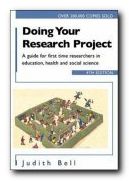 Confidence
Confidence